Five Key Signs That You Should Use Braze Canvas
Published on November 02, 2020/Last edited on November 02, 2020/5 min read
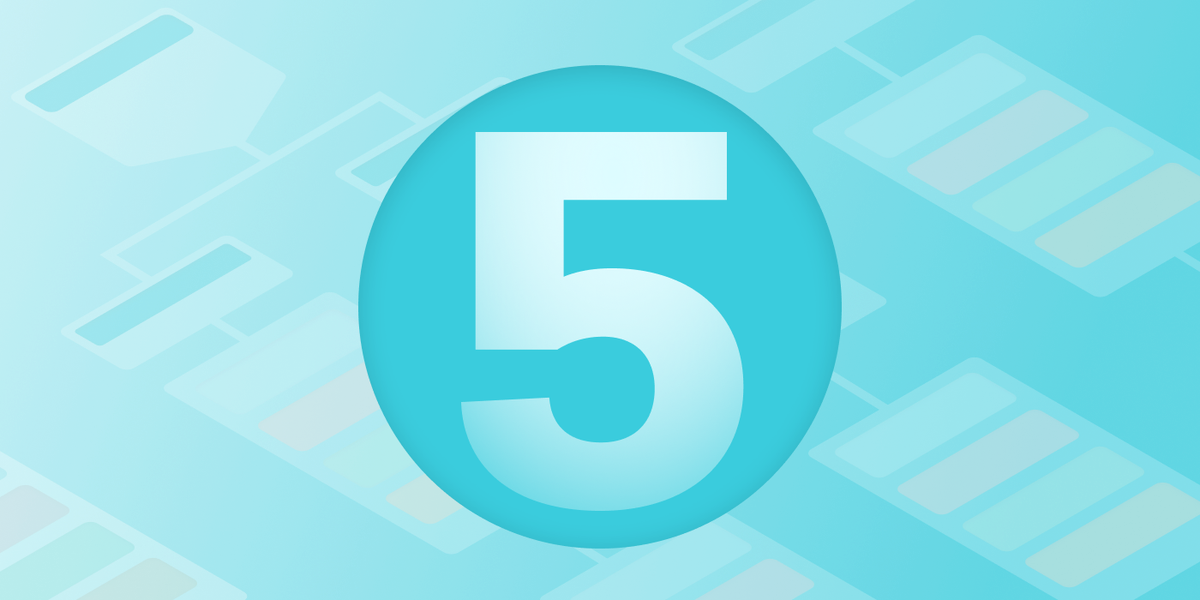

Haley Trost
Group Product Marketing Manager, Braze*There's a new version of Canvas available. Learn about Canvas Flow here.
A customer’s journey from first touch to final sale can be a long and winding one. As a marketer, it’s your job to help your customers navigate the journey. Some customers need the marketing equivalent of a paper map: A reliable option that works best when they’re sticking to one path and plotting their own course. Most customers, however, need you to be their GPS app, providing a personalized, data-driven journey that dynamically changes as they go.
Canvas, the Braze platform’s customer journey tool, is your marketing GPS. It helps you easily build and optimize messaging journeys that are personalized and relevant to each customer. This feature’s drag-and-drop interface is a powerful way to visually build a strategic and responsive messaging strategy that adapts as customers reach new milestones at their own pace.
So how do you know when to be the GPS and when to simply hand over a map? If you answer “yes” to one of the questions below, you’re ready to begin your own Canvas journey.
1) Is the Message More Powerful Across Several Touchpoints or Channels?

Some messages, like transactional emails, are best delivered in a simple one-off format. All the information your customer needs is right there in one place—no need to complicate things!
When your message is more complex, it might make sense to deliver it through a series of single-channel messages or across a mix of owned and paid channels. Engaging customers at multiple touchpoints creates a consistent experience that builds trust and ensures that customers get the information they need.
Think about a customer who goes to your website and adds an item to her cart, but doesn’t complete the purchase. When she checks Facebook that afternoon, she sees a personalized ad for that item. If she clicks on the ad, she’s redirected to your website, where she gets an in-browser message with a promotion code for the item in her cart. She makes the purchase, and just like that, you’ve guided your customer through a complete cross-channel journey.
2) Will Customers Respond Better to Personalized Messages?
Is your message relevant to every single one of your customers? Make it a one-time campaign! But if you think your message needs more nuance to be truly effective, consider using Canvas to deliver a personalized experience to each customer.
Personalization doesn’t stop at customer-specific message content. With Canvas, you can add an extra boost of personalization by sending customers down custom message paths designed to meet their unique needs.
You probably have some customers who love engaging with your content. Other customers might prefer to get in touch only when absolutely necessary. These two customer types have different behaviors and preferences, so don’t send them the exact same messages! You can use Canvas to create segmented message paths that engage customers the way they want to be engaged.
3) Are You Testing More Than One Message Variant?
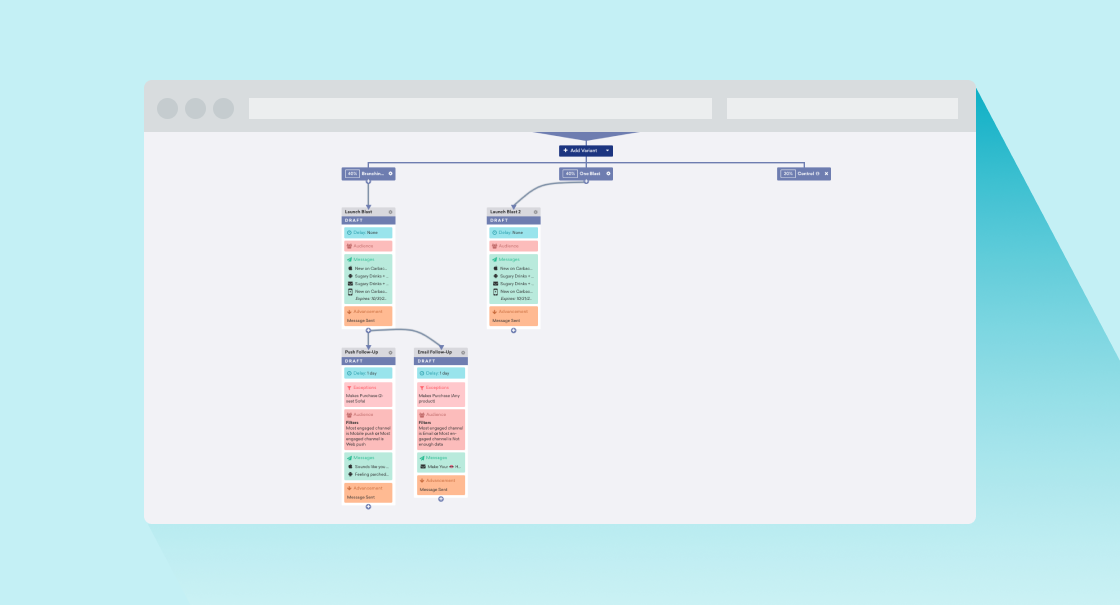
If you’re looking to test one part of a specific message in a single channel (like an email subject line), you might not need Canvas. To uncover deeper insights and optimize across messages and channels, however, Canvas is the way to go.
In Canvas, you can test up to eight variants against a control group using multivariate testing. Maybe you want to know which combination of channels gets the best results, or maybe you want to play around with different mixes of audience targeting and message personalization to find the right one. Your marketing campaigns will start to get better and better over time, and you’ll be well on your way to a fully optimized customer journey.
4) Do You Want to Optimize the Frequency and Cadence of Your Messaging?
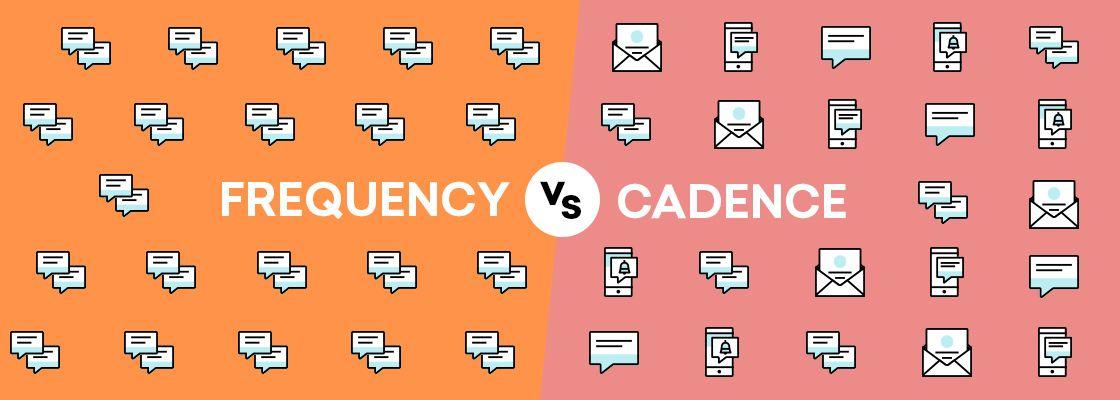
Already know the perfect time to send a message to your customers for maximum impact? Then you’re all set to send a simple campaign. Not sure how often to send messages or how many messages to send? Canvas can help you discover the right mix for each customer journey.
Too many messages sent too quickly can overwhelm customers, but you don’t want to go too far in the opposite direction by sending messages so infrequently that your customers forget about you. Once you create a Canvas, you can easily experiment and iterate on message timing using tools like multivariate testing and Intelligent Selection. Your campaigns will start optimizing right away so you can quickly determine the right number and pace of messages.
5) Are You a Visual Learner?

Let’s go back to that GPS analogy one last time. Think about your own route-planning experiences. Which do you prefer: unfolding a paper map and using your finger to trace out a route, or entering your destination into a GPS app and seeing your route dynamically update?
Assuming you picked the latter (I know I did!), Canvas is a great tool for your marketing team because of its visual drag-and-drop interface. It makes it really easy to visualize the journeys your customers can take and create dynamic message pathways for them to follow. Seeing the entire customer journey clearly mapped out also helps your team quickly understand and iterate on your brand’s overall messaging strategy.
Final Thoughts
Every customer journey is different, but they can all end in success with the right map in hand. Braze Canvas is a powerful tool to help your customers navigate their unique journeys through personalized, relevant, and data-driven messaging.
Learn more about customer engagement best practices through our Brilliant Experiences, Channel by Channel guide.
Related Tags
Releated Content
View the Blog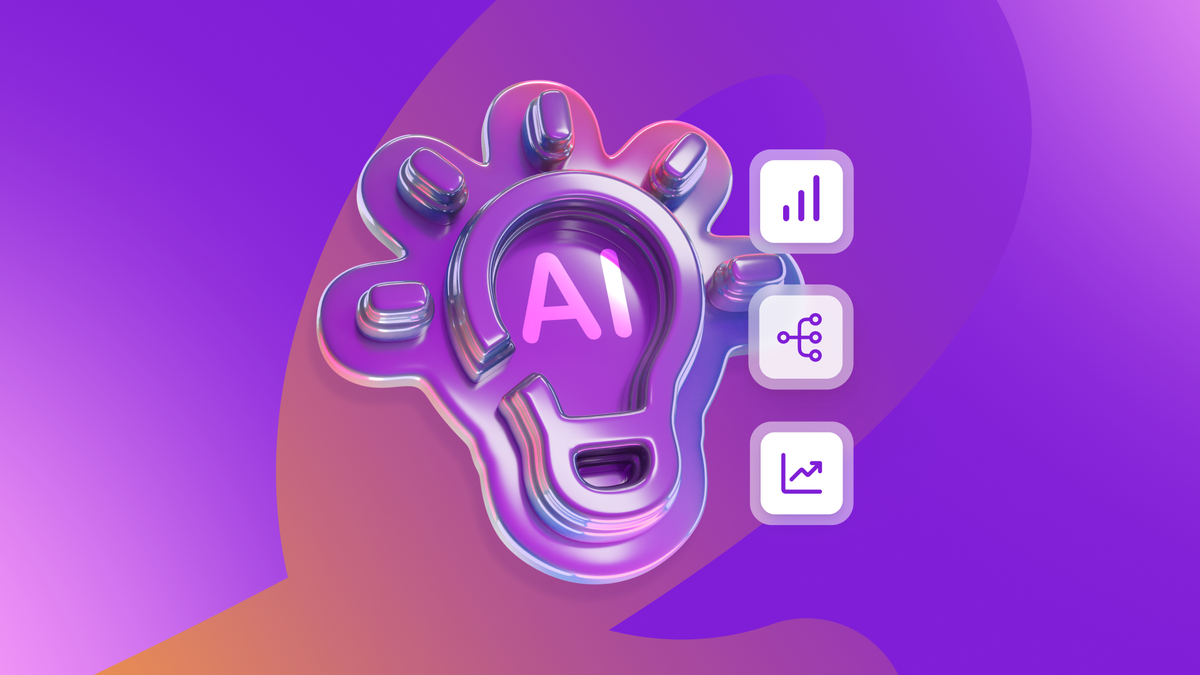
Enterprise generative AI: Transforming data, decisions, and customer experiences
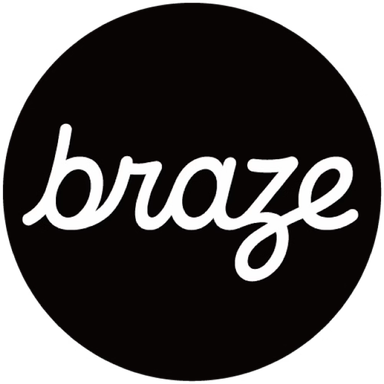
Team Braze
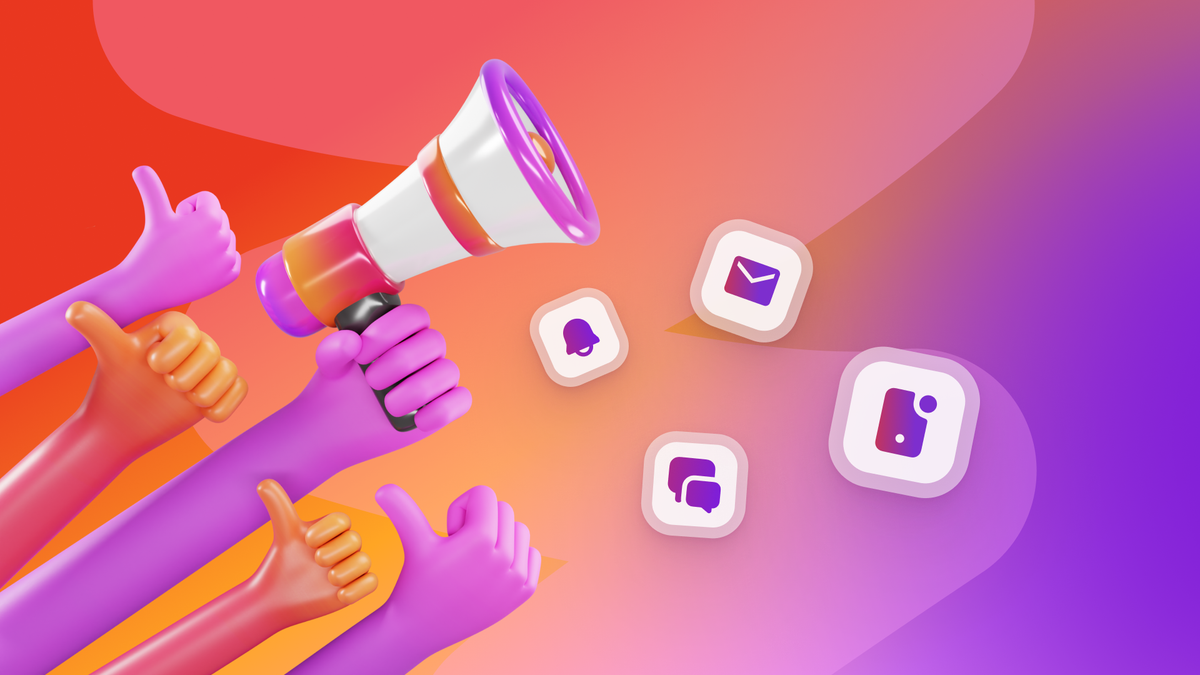
Omnichannel personalization: Delivering consistent, connected customer experiences

Team Braze
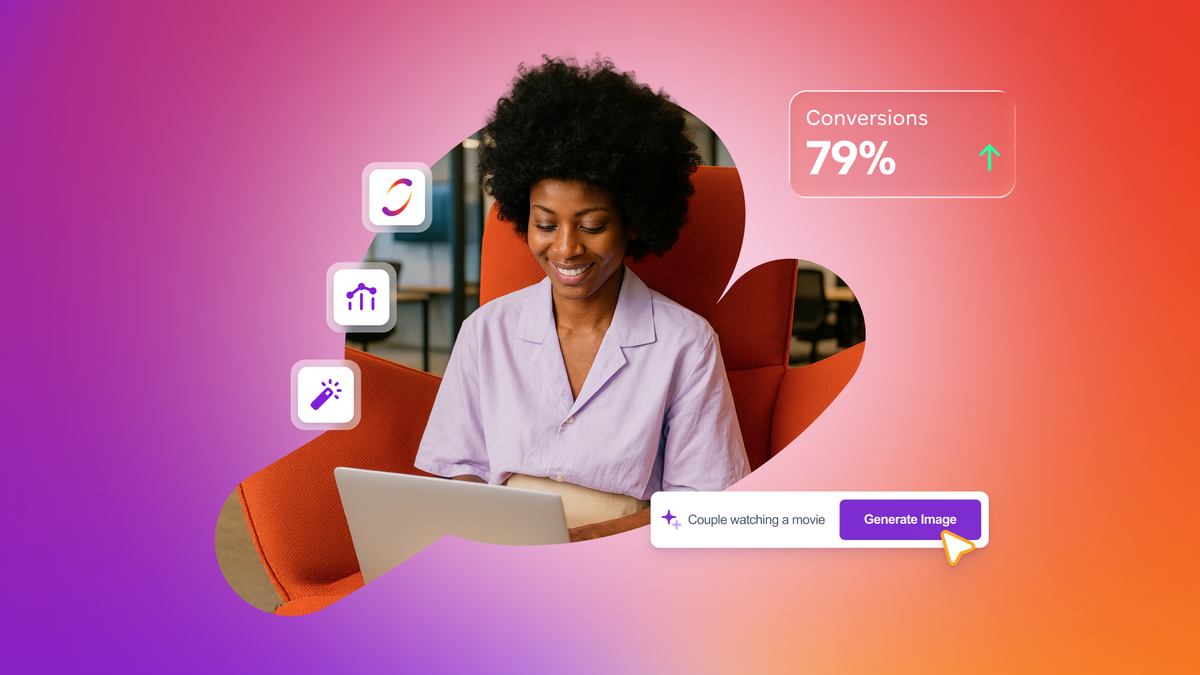
Are you AI-savvy enough to survive? A wake-up call for CMOs
